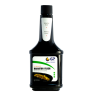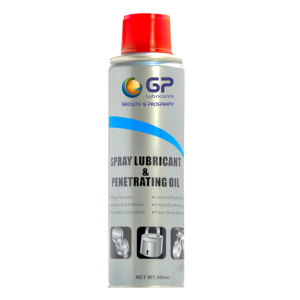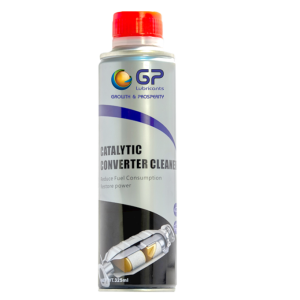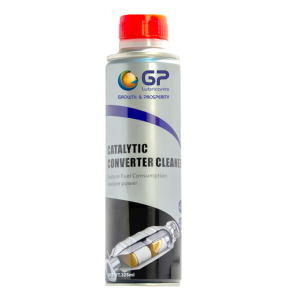Materials Needed:
- Radiator flush solution (chemical cleaner)
- Water
- Funnel
- Drain pan
- Hose
- Coolant (antifreeze)
- Screwdriver or wrench (to open the radiator drain plug)
Procedure:
- Cooling System Inspection:
- Ensure that the engine is completely cooled before starting the flush.
- Locate the radiator, radiator cap, and drain plug.
- Drain the Coolant:
- Place the drain pan under the radiator drain plug.
- Open the drain plug using a screwdriver or wrench.
- Allow the old coolant to drain completely.
- Prepare the Radiator Flush Solution:
- Follow the instructions on the radiator flush solution to mix it with water. This solution is designed to break down and remove deposits from the cooling system.
- Pour the Flush Solution:
- Use a funnel to pour the prepared radiator flush solution into the radiator.
- Run the Engine:
- Start the engine and let it run for about 10 minutes. This allows the flush solution to circulate through the cooling system and break down deposits.
- Flush with Water:
- Turn off the engine and let it cool down a bit.
- Open the radiator drain plug again and flush the system with water. Allow the water to drain completely.
- Refill with Coolant:
- Close the drain plug and refill the radiator with the appropriate coolant mixture recommended by the vehicle manufacturer.
- Bleed the System:
- Start the engine and let it run while monitoring the coolant level.
- Bleed any air pockets from the system if necessary.
- Check for Leaks:
- Inspect for any leaks around the radiator and connections.
- Monitor Coolant Levels:
- Keep an eye on the coolant levels over the next few days and top up if necessary.
Performing a radiator flush at regular intervals helps maintain the efficiency of the cooling system, prevents overheating, and extends the life of the engine. Always follow the specific instructions provided by the radiator flush solution and your vehicle’s manufacturer.






